Every year at the CPN Family Reunion Festival, the Nation honors a group of families that moved to Oklahoma and eventually formed the Citizen Potawatomi Nation. The 2019 Honored Families are Johnson, Lafromboise, LaReau, LeClaire, Melott, Rhodd, Tescier, Weld and Young.
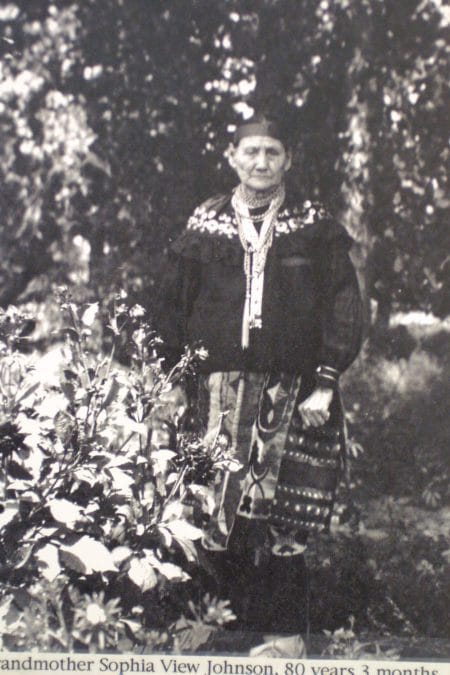
Johnson
Sophia Vieux (Johnson) was born in Council Bluffs, Iowa, in 1840 to Shanote (Charlotte), daughter of respected St Joseph headman Chisagen (Big Water), and Louis Vieux. The family, like many Potawatomi, had established themselves as prominent fur traders in the Great Lakes region before removal.
After arriving in present-day Kansas, Sophia attended school at St. Mary’s where she met restaurant proprietor Jacob Johnson, and the couple wed three years later. After the death of Jacob’s brother Andrew, Sophia and Jacob moved to Vermillion, Kansas, to work for her father as a toll bridge collector.
In 1861, the family relocated to Rossville, Kansas. When the opportunity to take allotment in Oklahoma Territory became available, the family initially moved near Sacred Heart. Around 1873, they relocated to Pleasant Prairie where they farmed, raised cattle and owned a general store The Johnsons settled on Sophia’s allotment 2 ½ miles west of Shawnee and had 12 children that carried on the Johnson family legacy.
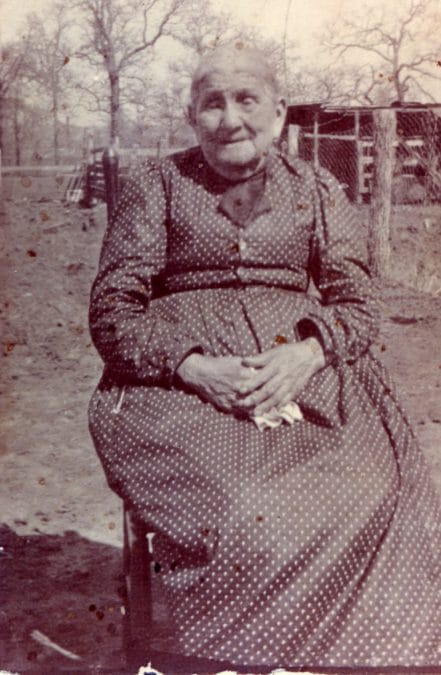
Lafromboise
Chief Joseph Lafromboise was born to Francois Lafromboise and Shawenquah (Southern Wind Woman), around the Saint Joseph River in 1798 where the family owned and operated a trading post. They relocated from Milwaukee to Chicago around 1800, and Joseph became a prominent headman for the Tribe.
Chief Joseph married Therese E. Peltier, who was also Metis, and they had 13 children together. Their oldest daughter, Theresa Lafromboise, experienced three of the Tribe’s removals and moves during the 19th century.
Theresa and her family were removed from the Great Lakes region to Council Bluffs, Iowa, before eventually making their way to Silver Lake, Kansas. Around 1891, she relocated to present-day Pottawatomie County, Oklahoma. Theresa wed three times – first to Thomas Watkins, then to J Allen Hardin and finally to Medard Benjamin Beaubien. Although Theresa passed away in 1914, her legacy remains visible in her descendants today.
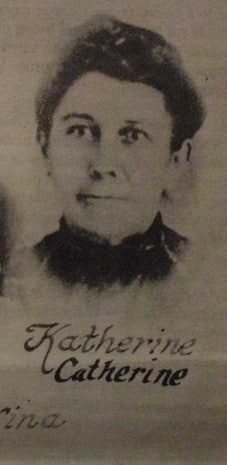
Melott
Catherine (Katy) Theresa Bergeron was born in 1850, the second daughter of Wacheki (To Go With the Earth) and Francis Bergeron She married Joseph L. Melott, whose family emigrated from France to America in 1826. In 1868, they were among the first families who came to the new Potawatomi reserve in Indian Territory from Kansas.
From 1868 to 1871, the Melott family became familiar with their new environment. By the spring of 1871, Joe returned to Kansas and led six families back to Indian Territory in 14 covered wagons to become the first group of Potawatomi to settle on the new reservation. Many others followed suit.
Father Isidore Robot arrived in Indian Territory in 1876 and formed a friendship with Joseph. The Melott cabin hosted the first Catholic mass in the county Later that same year, with the support of the family and other Tribal members, the Citizen Potawatomi gifted the church one square mile of land that became home to the Sacred Heart Mission.
Once named Mission Hill, the Melotts became the principal founders of the community now known as Wanette, Oklahoma.
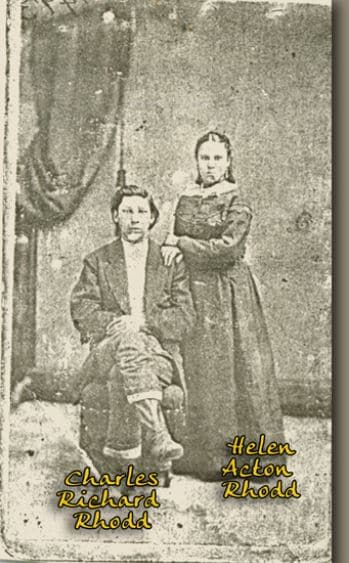
Rhodd
Charles Richard Rhodd, the youngest son of Charles H. Rodd and Wasiewen (Light Reflecting Off of Water), was born around 1854 in Rossville, Kansas He was 8 years old when his name first appeared on the 1863 Kansas Potawatomi Tribal Rolls.
His older brother, Alexander, served as his guardian after their father returned to the Great Lakes region and their mother Wasiewen passed away.
On Nov. 2, 1872, Charles Richard Rhodd married Helen Acton (Rhodd), the daughter of Angeline Bellaire and James Acton. Their wedding took place in Rossville, Kansas.
Charles kept books for the Tribe for many years and held a reputation as an expert in herbal medicines. He had a vast knowledge of plants and other natural treatments for various diseases. In fact, many Indians from several surrounding tribes regularly called on Charles as opposed to a white doctor for medicinal purposes.
The children of Wasiewen and Charles H. Rodd lived through the Civil War and other trying times, looking to each other for love and support. The turbulence of the Rhodd children’s upbringing created an unbreakable bond that continues today.
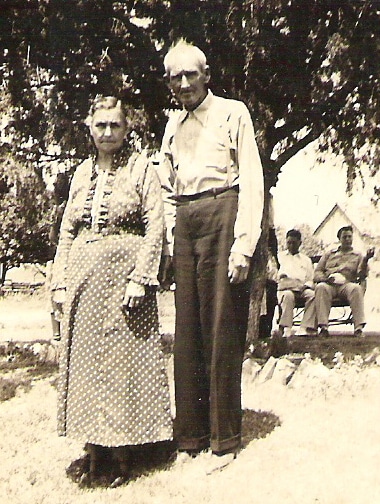
Young
In 1856. George L. Young Sr. married Josette Vieux, daughter of Potawatomi fur trader Jacques Vieux Jr. and Liz Langier, in Indianola, Kansas. Josette’s grandfather Jacques Vieux Sr. married a Potawatomi woman named Angelique LeRoy in Wisconsin. With the support of Josette’s father Jacques Vieux Jr. and uncle Louis Vieux, her grandfather Jacques Sr. maintained a successful fur trading business in the Great Lakes region.
George Sr. and Josette had three children: Anna Young, Alice Young and George L. Young Jr. After the Treaty of 1867, the Young family left Kansas and traveled south into Indian Territory where George Sr. opened a general store and owned one of 11 saloons in Meanko, Oklahoma.
His Potawatomi children established themselves across Oklahoma and built families of their own including George Jr. who married Elizabeth-McDole-Vasser-Young. Elizabeth was the daughter of Susan Vasseur, a Potawatomi, and James P McDole. Together, the couple raised six boys and three girls in Oklahoma. They believed in the importance of music and encouraged their children to learn and play instruments. Elizabeth used her skills as a seamstress to pay for the children’s music lessons, and the family often sang and played religious music prior to special meals.
The Young family became very influential in early Potawatomi affairs, and the family’s legacy for protecting the interests of the Tribe is evident today in its descendants.
